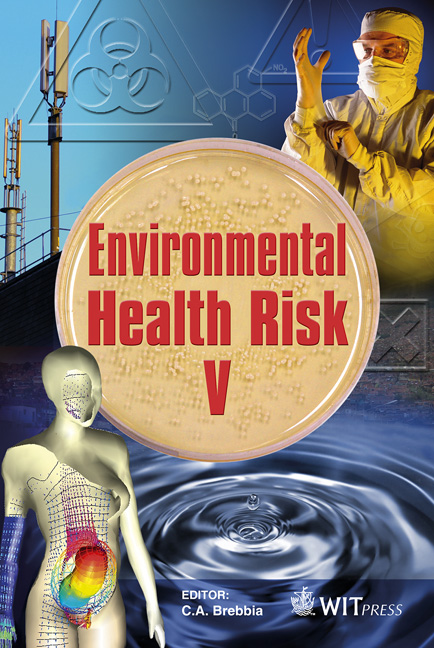Preventing Health Water Related Risks In Growing Megacities: The Southern Part Of Mexico City
Price
Free (open access)
Transaction
Volume
14
Pages
8
Page Range
213 - 220
Published
2009
Size
2,265 kb
Paper DOI
10.2495/EHR090211
Copyright
WIT Press
Author(s)
R. Rodriguez-Castillo & M. A. Armienta-Hernandez
Abstract
Megacities in developing countries are growing without environmental controls. New poor neighborhoods are located in formal urban area surroundings. In Mexico City urbanization is going to the volcanic hillsides of the Sierra Chichinautzin range. The volcanic environment and rocks restricts the sewage line construction. Some people conduct wastewater to natural cavities. Some wells located in piedmont contain organic matter and consequently nitrogen compounds. The geologic environment (lacustrine sediments rich in organic matter, volcanic rocks) propitiates the presence of sulphur compounds. A groundwater monitoring was carried out in the Southern part of Mexico City. Chemical analyses included trace elements, organic compounds (volatiles) and water stable isotopes. Nitrates, arsenic, and chlorination transformation products were detected. However, very low concentrations of volatiles and arsenic were determined. The detection of wells with quality of water problems and potential contamination sources around them is helping to improve water management. Treatment plants in contaminated wells are another proposed solution, due to the limitations in water availability. Keywords: Basin of Mexico, health risks, sanitation.
Keywords
Basin of Mexico, health risks, sanitation





